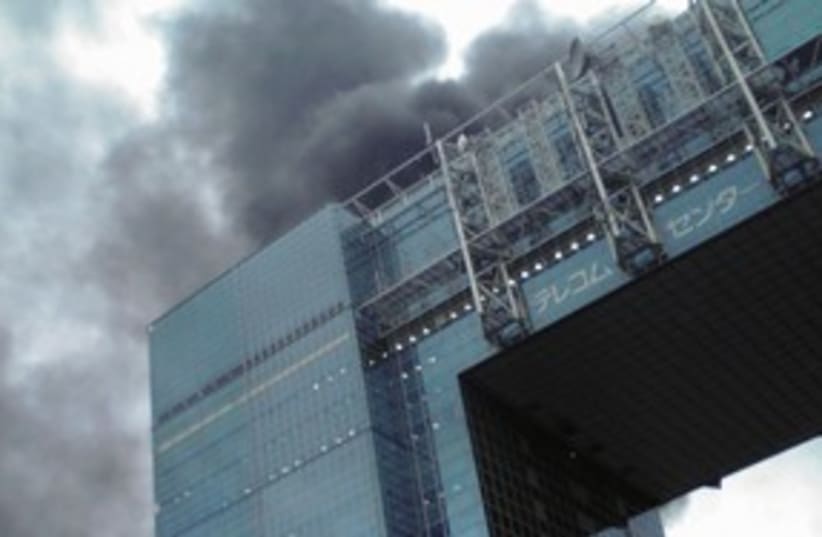Thirty international search andrescue teams stand ready to go to Japan to provide assistancefollowing a major earthquake, the United Nations said on Friday.
"We stand ready to assist as usual in such cases," ElisabethByrs of the U.N. Office for the Coordination of HumanitarianAssistance (OCHA) told Reuters in Geneva. "Thirty internationalsearch and rescue teams are on alert and monitoring thesituation and stand ready to assist if necessary."
The 8.9 magnitude quake caused many injuries, publicbroadcaster NHK said, sparked fires and the wall of water,prompting warnings to people to move to higher ground in coastalareas.A hotel collapsed in the city of Sendai and people werefeared buried in the rubble.Kyodo news agency said that Tokyo's Narita airport had beenclosed.There were several strong aftershocks. In the capital Tokyo, buildings shook violently. An oil refinery near Tokyo was on fire, with dozens of storage tanks under threat.TV pictures showed the tsunami carrying the debris and fires across a large swathe of coastal farmland near the city of Sendai, which has a population of one million.NHK showed flames and black smoke billowing from a building in Odaiba, a Tokyo suburb, and bullet trains to the north of the country were halted.
Black smoke was also pouring out of an industrial area in Yokohama's Isogo area. TV footage showed boats, cars and trucks floating in water after a small tsunami hit the town of Kamaichi in northern Japan. An overpass, location unknown, appeared to have collapsed into the water.The U.S. Geological Survey earlier verified a magnitude of 7.9 at a depth of 15.1 miles and located the quake 81 miles east of Sendai, on the main island of Honshu. It later upgraded it to 8.9.Japan's northeast Pacific coast, called Sanriku, has suffered from quakes and tsunamis in the past and a 7.2 quake struck on Wednesday. In 1933, a magnitude 8.1 quake in the area killed more than 3,000 people. Last year fishing facilities were damaged after by a tsunami caused by a strong tremor in Chile.